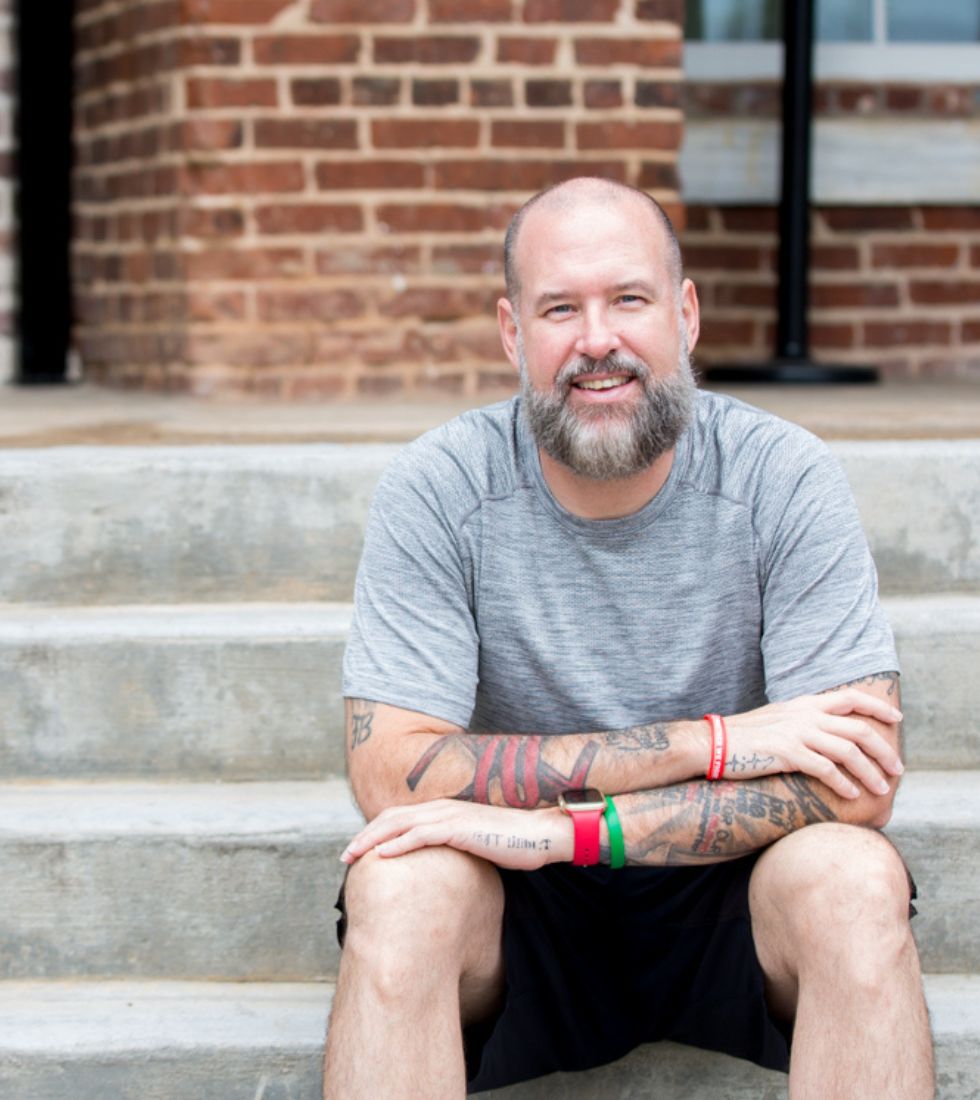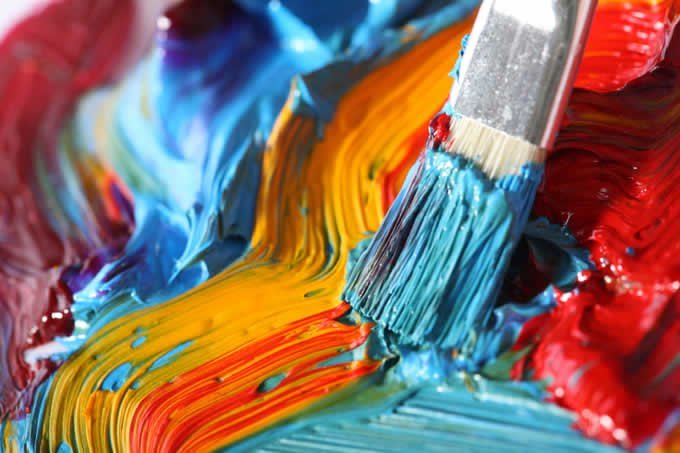We are all creative beings. Man’s creative mind made him reach the moon or the peak of the highest mountain in the world, or travel the world and to reach outer space. Our creativity brought out inventions that have improved the quality of human life — all of which are the end result of man’s creativity. Suffice it to say, creativity produces works of art, which is such a large part of our everyday lives. We can see them in almost every corner, every space, and the wall around us. It has been used as a visual means of communication and expression dating back to prehistoric times.
Art speaks of originality, individuality, a creative process, graphic materials, colors, textures, spontaneity, risk, alternatives, and imagination. But art is not only for the creative minds or the famous painters. It is also a healthy way to express the way we feel and deal with our emotions. Art has been of central importance to the healing practices of many cultures over much of human history, and as time went on, through observations and research, an art-based therapy method has been developed and called Art Therapy.
Art Therapy
According to the American Art Therapy Association, the professional definition of this type of therapy is that: “…it is a human service profession that utilizes art media, images, the creative art process and patient/client responses to the created products as reflections of an individual’s development, abilities, personality, interests, concerns, and conflicts.”
Art Therapy practice is based on knowledge of human development and psychological theories which are implemented in the full spectrum of models of assessment and treatment including educational, psychodynamic, cognitive, transpersonal and other therapeutic means of reconciling emotional conflicts, fostering self-awareness, developing social skills, managing behavior, solving problems, reducing anxiety, aiding reality orientation and increasing self-esteem.
The beginnings of modern art therapy can be traced to the early 1900s when psychiatrists first wondered if there was a relationship between artworks and the illnesses of patients. At the same time, art educators began to observe how the free and spontaneous artworks of children were a form of personal storytelling which conveyed emotionally and symbolically meaningful messages. These two areas of interest eventually resulted in the emergence of the distinct discipline of art therapy in the 1930s.
During the second half of the twentieth century, art therapists became increasingly organized, setting up graduate programs, professional associations, and journals. A variety of artistic methods is used in therapy and divided into different professional areas. Some artistic methods that are used are music, dance, psychodrama, movie, speech, recreational, poetry, and phototherapy.
Releasing Deep Emotions
Drawing, painting, and sculpting help many people to reconcile inner conflicts, release deeply repressed emotions, and foster self-awareness, as well as personal growth. Some mental health providers use art therapy as both a diagnostic tool and as a way to help treat disorders such as anxiety, abuse-related trauma, and schizophrenia. Art therapy sessions are also given to prison inmates and HIV patients. Although there is relatively little scientific evidence that proves that it helps people with cancer, many health professionals think it may encourage the cancer patients to express their emotions, which could help them improve their relationship with others. It can also take their minds off from pain and discomfort.
Art is found to be of great help most especially to a depressed individual. Through art, they can discover their anger and express it in a healthy way. In one study, art therapy was used with suicidal teenagers, and results showed that it had positive effects as part of an overall treatment plan.
Another study published in the Journal of Pain and Symptom Management found that art therapy can reduce a broad spectrum of symptoms related to pain and anxiety in cancer patients. In the study done at Northwestern Memorial Hospital, cancer patients reported significant reductions in eight of nine symptoms measured by the Edmonton Symptom Assessment Scale (ESAS) after spending an hour working on art projects of their choice.
Emotional disturbances such as stress overload, depression, and anxiety are the result of losing touch with one’s own thoughts and feelings. One way to get back in touch with these thoughts and feelings is through the use of art. Art therapy provides a sense of accomplishment, enjoyment, and personal expression for those interested in simple relaxation and self-discovery.

Somatic coach (therapist) in Canton, GA, and Worldwide Life Coach dedicated to inspiring and assisting people worldwide through candid conversations about anxiety. Having personally battled general anxiety, panic disorder, and OCD, I understand the daily challenges those grappling with anxiety face. My journey involved searching for the right therapist, medication, and natural supplements and undergoing various tests. It was only after deciding to reclaim my life that I finally overcame anxiety’s hold. I’m passionate about helping others conquer their struggles and discover their life purpose.

